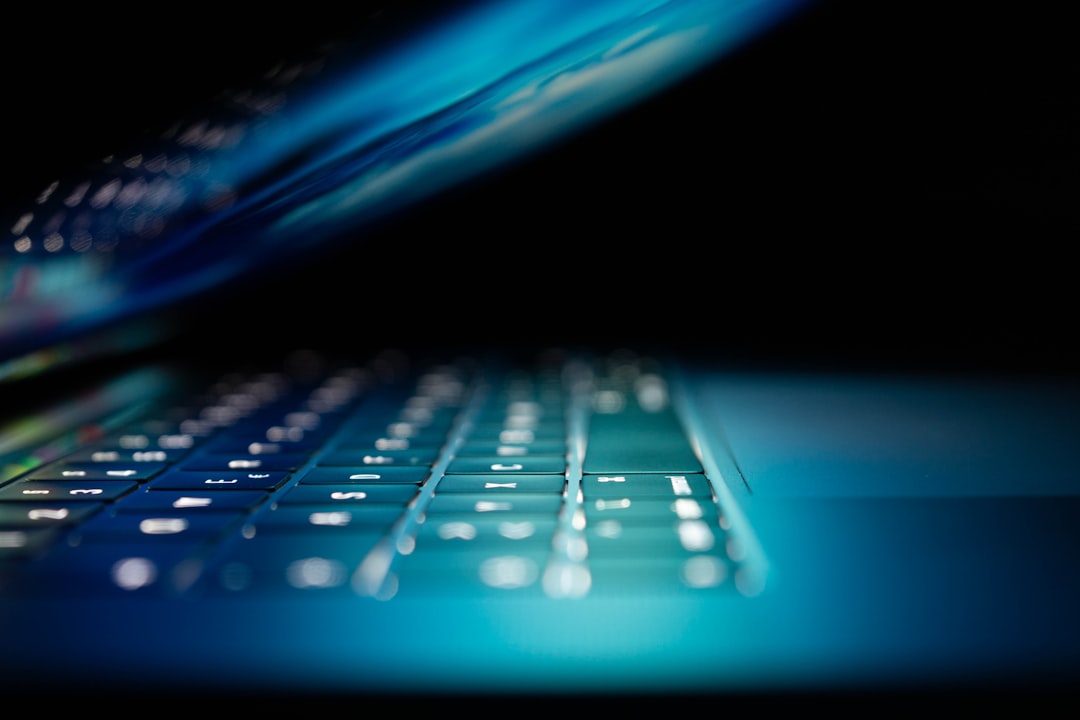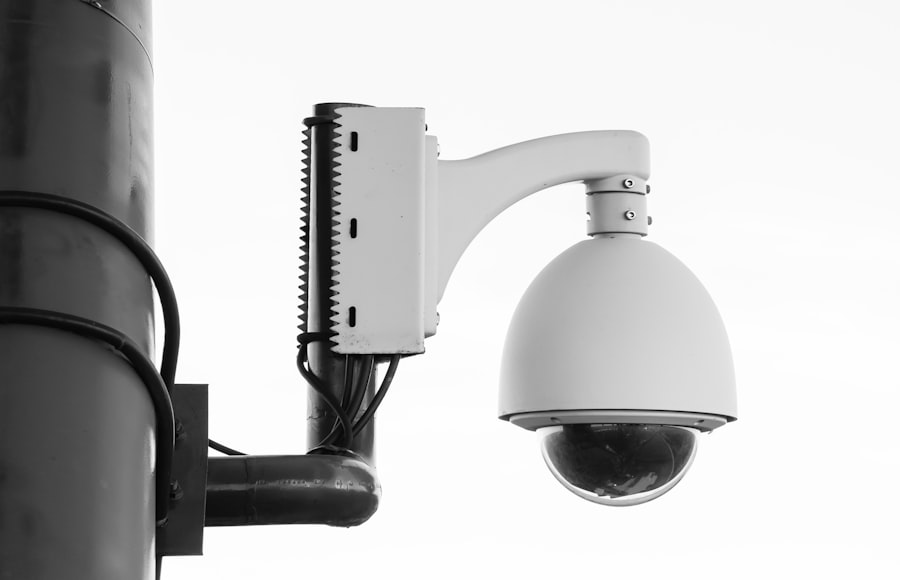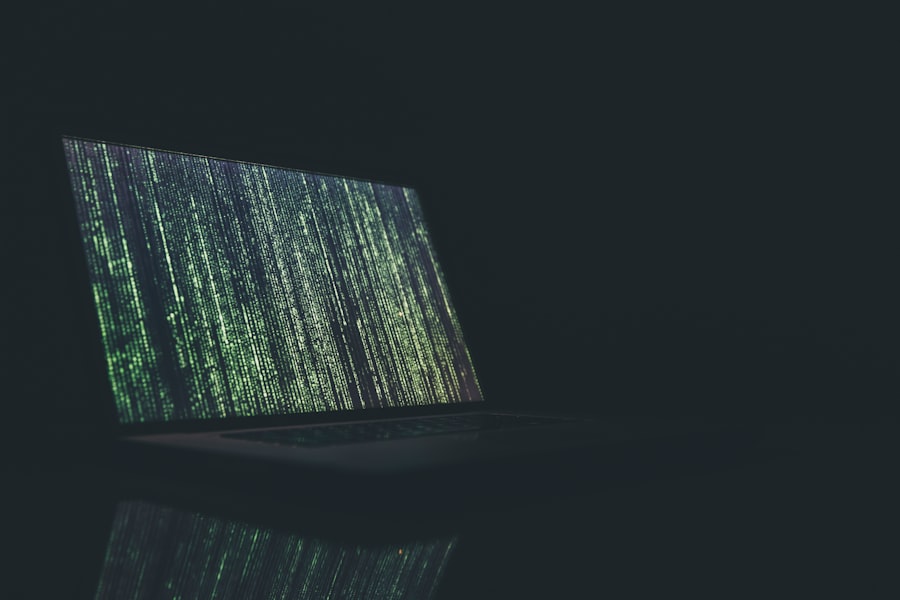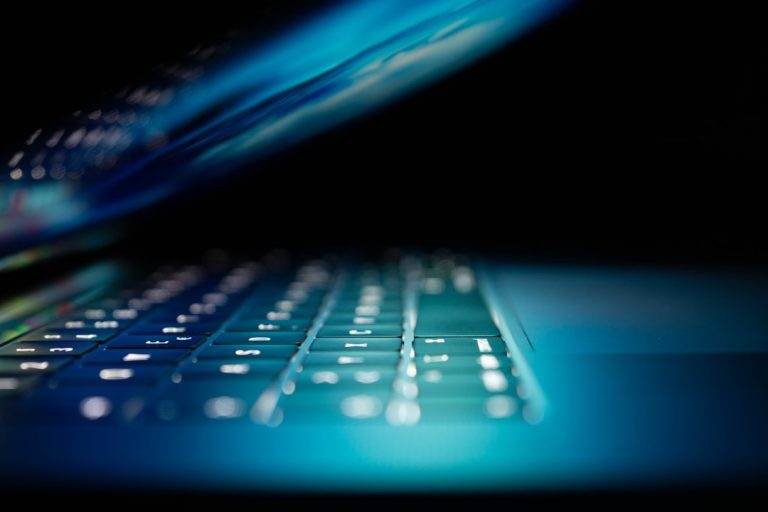
Bailiffs play a crucial role in the American legal system, serving as the bridge between the courtroom’s procedural integrity and the public’s perception of justice. These court officers are responsible for maintaining order during court proceedings, ensuring that the rules of the court are followed, and assisting judges in their duties. While their presence may often go unnoticed by the general public, bailiffs are integral to the smooth operation of the judicial process.
Their responsibilities extend beyond mere oversight; they embody the authority of the court and help facilitate a respectful environment for all participants involved in legal proceedings. In the United States, the role of bailiffs can vary significantly from one jurisdiction to another, influenced by local laws, court structures, and specific judicial preferences. Despite these variations, the core functions of bailiffs remain consistent across the nation.
They are tasked with safeguarding the courtroom, managing evidence, and providing assistance to judges and juries. As society evolves and the legal landscape changes, the role of bailiffs continues to adapt, reflecting broader trends in law enforcement, public safety, and judicial efficiency.
Key Takeaways
- Bailiffs in the USA play a crucial role in maintaining order and security in the courtroom.
- The history and evolution of bailiffs in the American legal system dates back to colonial times.
- Bailiffs are responsible for ensuring the safety of judges, attorneys, defendants, and all individuals in the courtroom.
- Training and qualifications for bailiffs in the USA vary by state, but typically include law enforcement experience and specialized training.
- The role of bailiffs in the American legal system is evolving, with a focus on improving courtroom security and addressing controversies and criticisms surrounding their role.
History and Evolution of Bailiffs in the American Legal System
The origins of bailiffs can be traced back to medieval England, where they served as local officials responsible for maintaining order and enforcing court orders. The term “bailiff” itself is derived from the Old French word “baillif,” which referred to a steward or overseer. As English common law spread to the American colonies, so too did the concept of bailiffs.
In colonial America, bailiffs were often appointed by local courts to manage court sessions and ensure that proceedings were conducted fairly and efficiently. Over time, as the American legal system developed, so did the role of bailiffs. The establishment of formal court systems in the 19th century led to a more structured approach to courtroom management.
Bailiffs began to take on additional responsibilities, such as escorting prisoners, managing juries, and handling evidence. The evolution of technology and communication also influenced their duties; for instance, the introduction of telephones and electronic filing systems has streamlined many processes that bailiffs once managed manually. Today, bailiffs are often seen as essential components of a well-functioning judiciary, adapting to new challenges while upholding traditional values of justice and order.
Responsibilities and Duties of Bailiffs in the Courtroom

Bailiffs have a diverse array of responsibilities that are critical to the functioning of the courtroom. One of their primary duties is to maintain decorum during court proceedings. This involves monitoring the behavior of all individuals present in the courtroom, including spectators, attorneys, witnesses, and defendants.
Bailiffs are trained to recognize disruptive behavior and intervene when necessary to ensure that proceedings can continue without interruption. Their presence serves as a deterrent against potential misconduct, reinforcing the seriousness of the judicial process. In addition to maintaining order, bailiffs are responsible for managing logistical aspects of court sessions.
This includes calling cases to order, ensuring that all necessary parties are present, and facilitating communication between judges and attorneys. Bailiffs also handle evidence presented during trials, ensuring that it is properly secured and accessible when needed. Their role extends to jury management as well; they may be tasked with escorting jurors to and from deliberation rooms and ensuring that they remain sequestered from outside influences during high-profile cases.
This multifaceted role requires a keen understanding of courtroom procedures and a strong commitment to upholding the law.
Training and Qualifications for Bailiffs in the USA
| State | Training Requirements | Qualifications |
|---|---|---|
| California | 40 hours of training | High school diploma or equivalent |
| Texas | 80 hours of training | High school diploma and pass a background check |
| Florida | 120 hours of training | High school diploma and complete a certification exam |
The path to becoming a bailiff typically involves a combination of education, training, and experience in law enforcement or related fields. While specific requirements can vary by state or jurisdiction, many bailiffs are required to have at least a high school diploma or equivalent. Some jurisdictions may prefer candidates with an associate’s or bachelor’s degree in criminal justice or a related field.
This educational background provides aspiring bailiffs with foundational knowledge about legal principles, courtroom procedures, and law enforcement practices. Training programs for bailiffs often include both classroom instruction and hands-on experience. New recruits may undergo training that covers topics such as courtroom etiquette, conflict resolution, emergency response procedures, and legal terminology.
Additionally, many bailiffs receive training in self-defense techniques and crisis management to prepare them for potential confrontations within the courtroom setting. Ongoing professional development is also essential; many jurisdictions require bailiffs to participate in continuing education programs to stay current with changes in laws and best practices.
Role of Bailiffs in Maintaining Order and Security in the Courtroom
The role of bailiffs in maintaining order and security within the courtroom cannot be overstated. They serve as a visible symbol of authority, helping to create an atmosphere where justice can be administered fairly and without disruption. Their presence alone can often deter unruly behavior from spectators or participants who might otherwise disrupt proceedings.
In high-stakes cases or those involving sensitive issues, bailiffs may work closely with law enforcement officers to ensure that security measures are heightened. Bailiffs are trained to assess potential threats quickly and respond appropriately. This may involve removing disruptive individuals from the courtroom or calling for additional security if a situation escalates.
In some jurisdictions, bailiffs may also be responsible for screening individuals entering the courthouse for weapons or other prohibited items. This proactive approach to security helps protect not only judges and court staff but also defendants, witnesses, and members of the public who have come to observe or participate in legal proceedings.
Bailiffs’ Interaction with Judges, Attorneys, and Defendants

Bailiffs serve as intermediaries between judges, attorneys, and defendants within the courtroom environment. Their interactions with judges are particularly significant; they assist judges with various tasks such as managing case files, delivering messages between chambers, and ensuring that all necessary materials are available for hearings or trials. A strong working relationship between bailiffs and judges is essential for maintaining an efficient courtroom operation.
When interacting with attorneys and defendants, bailiffs must strike a balance between professionalism and approachability. They often provide guidance on courtroom procedures to defendants who may be unfamiliar with legal processes. This can include explaining how to address the judge or what to expect during testimony.
For attorneys, bailiffs may facilitate communication regarding scheduling or procedural matters. Their ability to navigate these interactions effectively contributes to a smoother judicial process while fostering an environment of respect among all parties involved.
Controversies and Criticisms Surrounding the Role of Bailiffs
Despite their essential functions within the judicial system, bailiffs have not been immune to controversies and criticisms over the years. One significant area of concern has been related to issues of bias or misconduct among bailiffs themselves. Instances where bailiffs have been accused of exhibiting favoritism or engaging in inappropriate behavior can undermine public trust in the judicial process.
Such incidents highlight the importance of accountability measures within court systems to ensure that all personnel uphold ethical standards. Another area of criticism revolves around the use of excessive force by bailiffs during courtroom incidents.
As discussions about police reform continue across the nation, similar scrutiny is being applied to court personnel like bailiffs who wield authority within their respective environments.
The Future of Bailiffs in the American Legal System
As society continues to evolve alongside advancements in technology and shifts in public perception regarding law enforcement, the future role of bailiffs within the American legal system is likely to change as well. One potential development is increased integration of technology into courtroom operations. For instance, virtual hearings have become more common due to circumstances such as the COVID-19 pandemic; this trend may lead to new responsibilities for bailiffs as they adapt to managing remote proceedings while ensuring security protocols are maintained.
Moreover, ongoing discussions about criminal justice reform may influence how bailiffs operate within courtrooms across the country. As courts strive for greater transparency and fairness in their processes, there may be calls for enhanced training focused on de-escalation techniques and cultural competency among bailiff personnel. The emphasis on community engagement could also reshape how bailiffs interact with defendants and witnesses, fostering an environment that prioritizes understanding over authority.
In conclusion, while it is difficult to predict precisely how these changes will manifest in practice, it is clear that bailiffs will continue to play an essential role in upholding justice within American courtrooms. Their ability to adapt to new challenges while maintaining their core responsibilities will be crucial as they navigate an ever-evolving legal landscape.
If you are interested in learning more about careers in the USA, specifically as a bailiff, you may want to check out the article “A Day in the Life of a Bailiff” on careersintheusa.com. This article provides valuable insights into the responsibilities and duties of a bailiff, as well as the skills and qualifications required for this profession. It is a great resource for anyone considering a career in law enforcement or the criminal justice system.
FAQs
What is a bailiff?
A bailiff is a law enforcement officer who is responsible for maintaining order and security in courtrooms. They also ensure the safety of judges, jurors, and other court personnel.
What are the duties of a bailiff?
The duties of a bailiff include maintaining order in the courtroom, escorting jurors to and from the courtroom, announcing the judge’s entrance, and ensuring the security of the courtroom.
What are the educational requirements to become a bailiff in the USA?
The educational requirements to become a bailiff vary by state and jurisdiction. However, most bailiffs are required to have a high school diploma or equivalent. Some positions may require additional training or education in law enforcement.
What skills are important for a career as a bailiff?
Important skills for a career as a bailiff include strong communication and interpersonal skills, the ability to remain calm under pressure, and a strong sense of responsibility and integrity.
What is the job outlook for bailiffs in the USA?
According to the U.S. Bureau of Labor Statistics, the job outlook for bailiffs is projected to decline by 3% from 2019 to 2029. This decline is due to budget constraints and the increasing use of technology in courtrooms.



